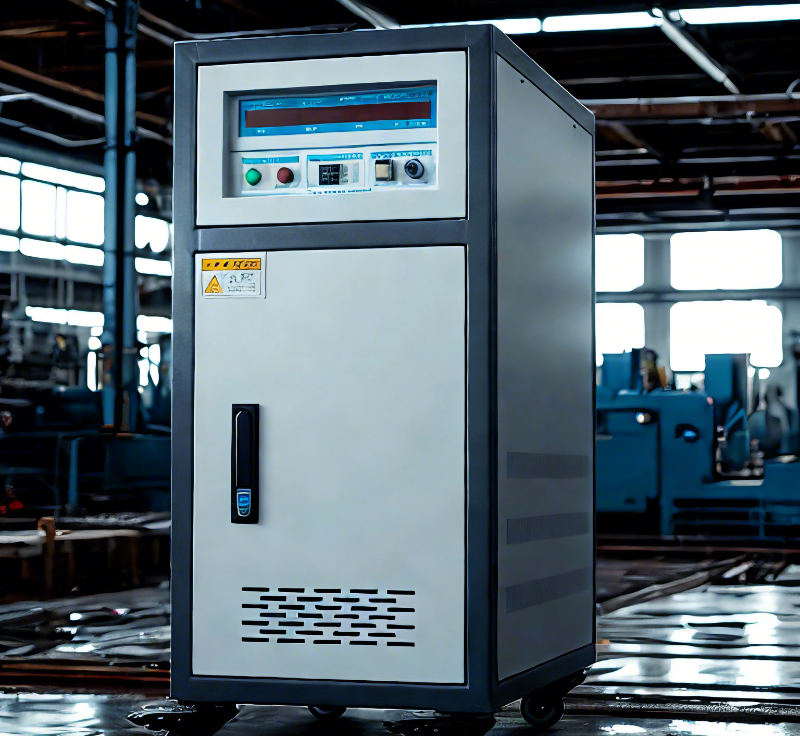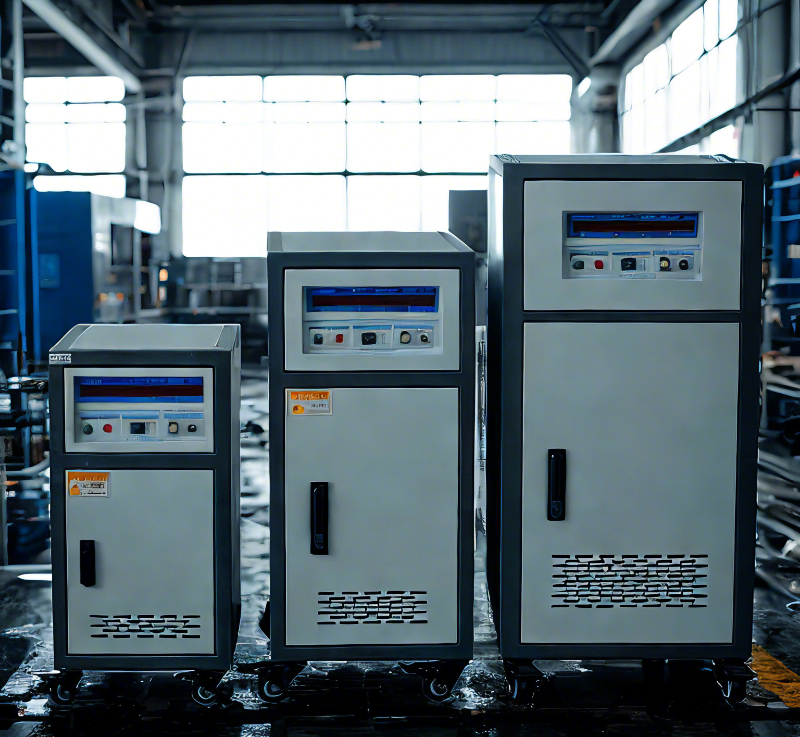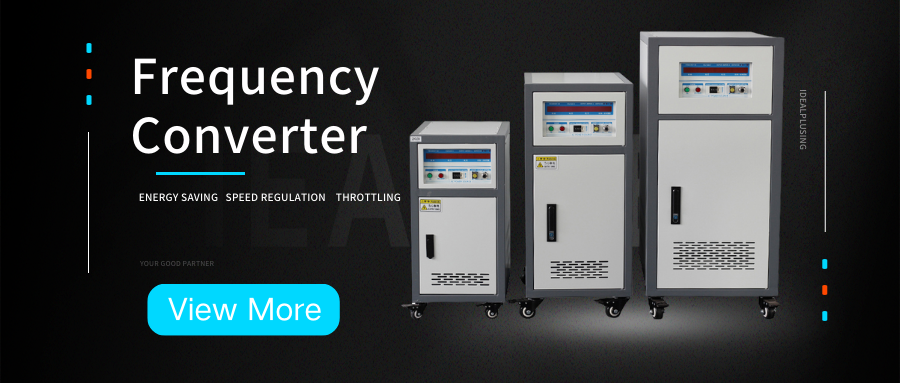Three-phase imbalance is an important indicator of power quality. Although there are many factors that affect the power system, the normal imbalance is mostly due to the asymmetry of three-phase components, line parameters or loads. Since the factors of the three-phase load are uncertain, the three-phase voltage and current at the power supply point are very likely to be unbalanced, which will cause line loss. Not only that, it will also have an adverse effect on the motor at the power supply point, endangering the normal operation of the motor. Therefore, if the three-phase imbalance exceeds the range that the distribution network can bear, the safe operation of the entire power system will be affected.
The basic concept of three-phase imbalance
Three-phase imbalance refers to the inconsistency of the amplitude of the three-phase current (or voltage) in the power system, and the amplitude difference exceeds the specified range. It is caused by the unbalanced load added to each phase of the power supply, which belongs to the fundamental load configuration problem.
The occurrence of three-phase imbalance is related to the user's load characteristics, and is also related to the planning and load distribution of the power system. In the power grid system, three-phase balance mainly refers to the equal size of the voltage phase quantity of the three phases, and if they are arranged in the order of A, B, and C, the angle between them is 2n/3.
And three-phase imbalance refers to the inconsistency of phase quantity size and angle. "Allowable imbalance of three-phase voltage of power quality" (GB/T15543-1995) is applicable to AC rated frequency of 50 Hz.
Under normal operation of the power system, the voltage imbalance of the PCC point connection point caused by the negative sequence component. The standard stipulates: The allowable value of imbalance under normal operation of the common connection point of the power system is 2%, and it shall not exceed 4% for a short time.

The calculation method of three-phase current imbalance generally has the following two commonly used formulas:
Unbalance %= (maximum current-minimum current)/maximum current×100%
Unbalance %= (MAX phase current-three-phase average current)/three-phase average current×100%
What are the causes of three-phase imbalance?
There are many reasons for the unbalanced three-phase voltage, such as single-phase grounding, line break resonance, etc. Only when the operation management personnel correctly distinguish them can they deal with them quickly.
1. Line break fault
If one phase is broken but not grounded, or one phase of the circuit breaker or disconnector is not connected, the voltage transformer fuse will cause asymmetry of the three-phase parameters.
When one phase of the previous voltage level line is broken, the voltage of the next voltage level is that all three phase voltages are reduced, one phase is lower, and the other two phases are higher but the voltage values are close.
When the line of this level is broken, the voltage of the broken phase is zero, and the voltage of the unbroken phase is still the phase voltage.
2. Grounding fault
When one phase of the line is broken and single-phase grounded, although it causes three-phase voltage imbalance, the voltage value does not change after grounding. Single-phase grounding is divided into metallic grounding and non-metallic grounding.
In case of metallic grounding, the voltage of the fault phase is zero or close to zero, and the voltage of the non-fault phase increases by 1.732 times and remains unchanged; in case of non-metallic grounding, the voltage of the grounded phase is not zero but decreases to a certain value, and the voltage of the other two phases increases by less than 1.732 times.
3. Causes of resonance
With the rapid development of industry, nonlinear power loads have increased significantly. Some loads not only generate harmonics, but also cause fluctuations and flickers in the power supply voltage, and even cause three-phase voltage imbalance.

There are two types of three-phase voltage imbalance caused by resonance:
1. Fundamental frequency resonance
The fundamental frequency resonance has characteristics similar to single-phase grounding, that is, the voltage of one phase decreases and the voltage of the other two phases increases. It is not easy to find the fault point when looking for the cause of the fault.
At this time, special users can be checked. If it is not caused by grounding, it may be caused by resonance.
2. Frequency division resonance
The other is frequency division resonance or high-frequency resonance, which is characterized by the simultaneous increase of the three-phase voltage.
In addition, it should be noted that when the airdrop bus cuts off part of the line or the single-phase grounding fault disappears, if a grounding signal appears and the voltage of one, two or three phases exceeds the line voltage, the voltmeter pointer hits the head and moves slowly at the same time, or the three-phase voltage rises in turn to exceed the line voltage, in this case, it is generally caused by resonance.
3. Unreasonable distribution of three-phase load
Many staff who install meters and connect electricity do not have professional knowledge of three-phase load balance. Therefore, when connecting electricity, they do not pay attention to controlling the three-phase load balance, but blindly and arbitrarily connect the circuit and install the meter, which to a large extent causes the imbalance of the three-phase load.
Secondly, most circuits in my country are a mixture of power and lighting, so when using single-phase electrical equipment, the efficiency of electricity consumption will be reduced. Such differences further aggravate the imbalance of the three-phase load of the distribution transformer.

4. Continuous changes in power load
The reasons for the instability of power load include the frequent demolition of the ground II, the relocation of meters or the increase of electricity users; the instability of temporary and seasonal power consumption.
Such uncertainty and non-concentration in total volume and time force the load of electricity consumption to change with the actual situation.
6. Weakened monitoring of distribution transformer load
In the management of distribution network, the management issues in three-phase load distribution are often ignored. In the detection of distribution network, the three-phase load of distribution transformer is not regularly detected and adjusted.
In addition, there are many factors that cause three-phase imbalance, such as the influence of lines and the inequality of three-phase load torque.







